Guhua Garden, the fivestar park with the most Jiangnan garden characteristics in Shanghai
Guhua Park is located in Nanqiao Town, Fengxian District, Shanghai. The entire park covers an area of about 122,000 square meters. It has been more than 40 years since the park was opened to tourists.
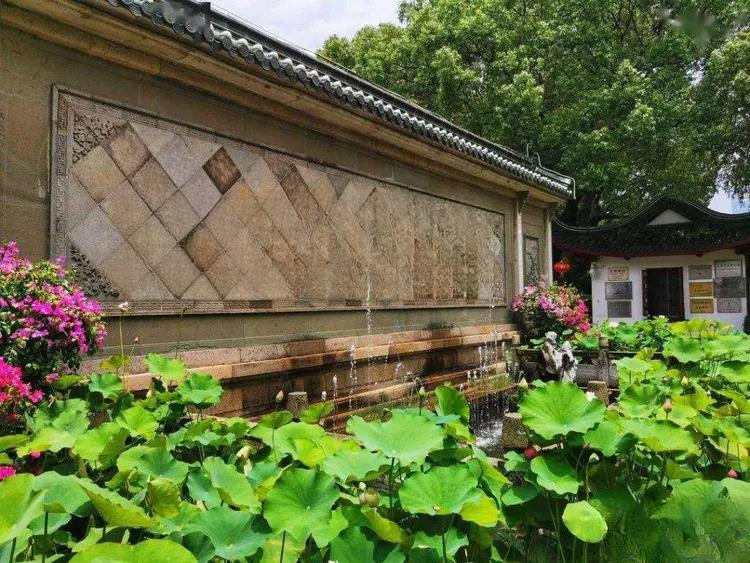
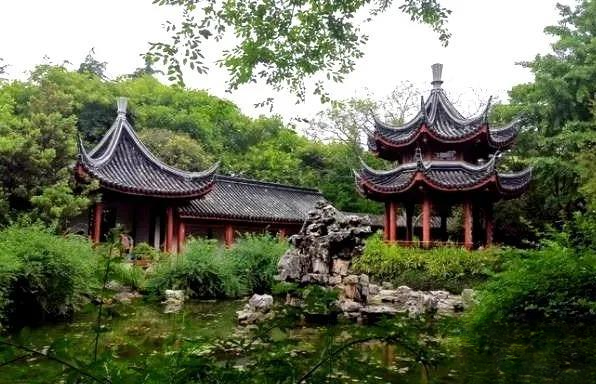
Guhua Park is the masterpiece of the famous architect Mr. Chen Congzhou.
The gardens designed, rebuilt and built by Mr. Chen Congzhou, such as the eastern part of Shanghai Yu Garden, Yunnan Nan Garden, and Rugao Shuihui Garden, are all milestones in garden art. He also made outstanding contributions to the restoration of Suzhou gardens, Yangzhou gardens, and old residences in Suzhou. Therefore, he is known as the great humanist of the century and the father of modern garden studies. He applied the essence of Jiangnan garden art to the design of Guhua Park.
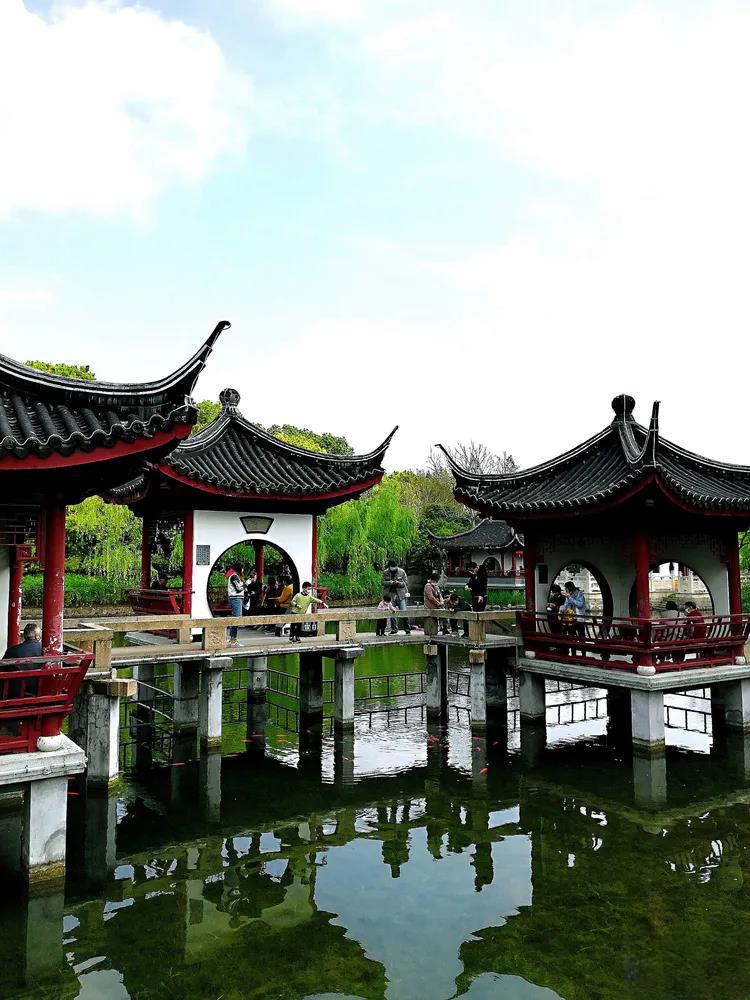
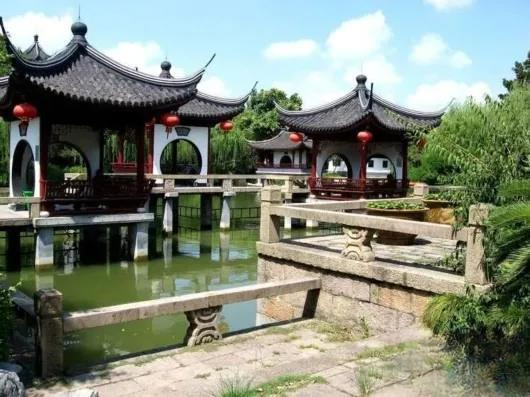
The park is rectangular from east to west. A lake that accounts for nearly 17% of the total area of the park lies in the middle of the park. On the island in the lake, there is a garden within a garden named "Qiu Shui Garden". There is another garden within a garden named "Xing Garden" in the southeast of the lake.
The Guhua Garden is fully equipped with pavilions, terraces, corridors, bridges and running water. The winding paths and corridors fully reflect the simple, elegant, unique and exquisite architectural style.
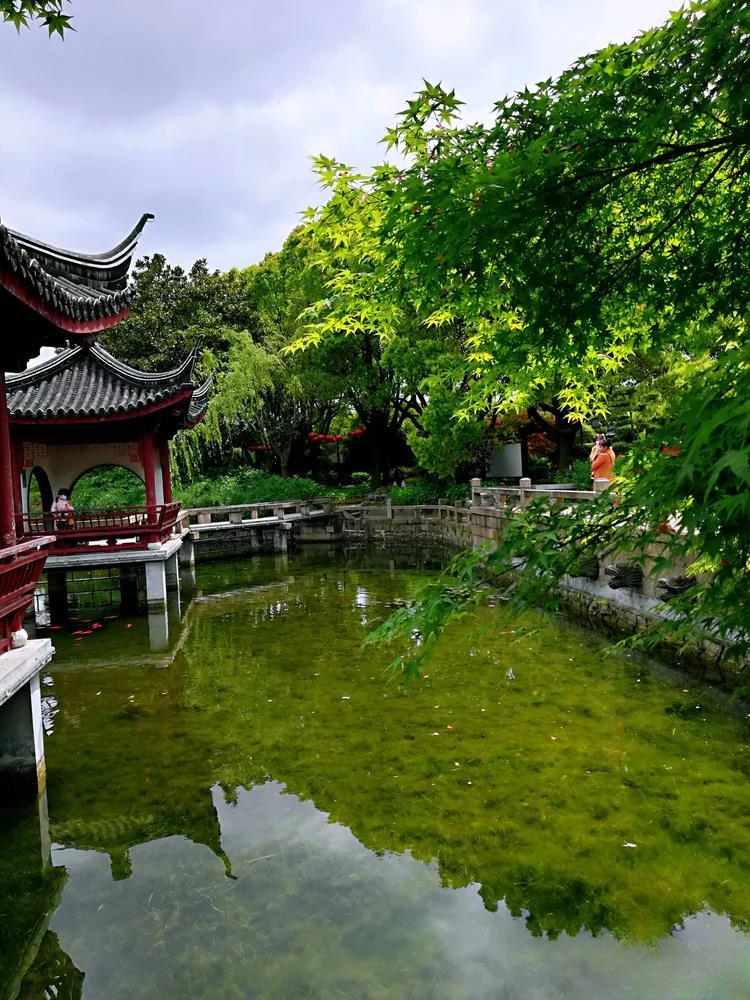
When the spring breeze is gentle and the sun is bright, it is refreshing to go boating on the lake and watch the sparkling water. The blooming flowers on both sides of the lake are dotted among the green grass and complement the pavilions and towers.
There are many willow trees planted along the river. When the breeze blows, the graceful willow branches dance in the wind, which is intoxicating to watch.
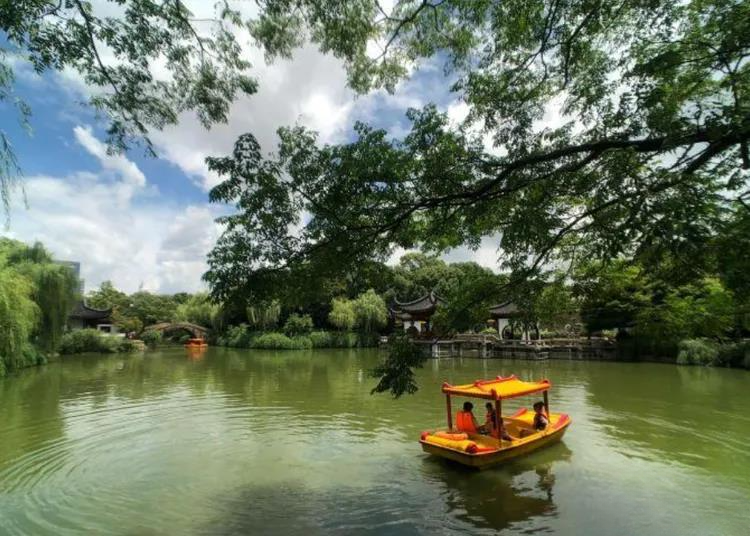
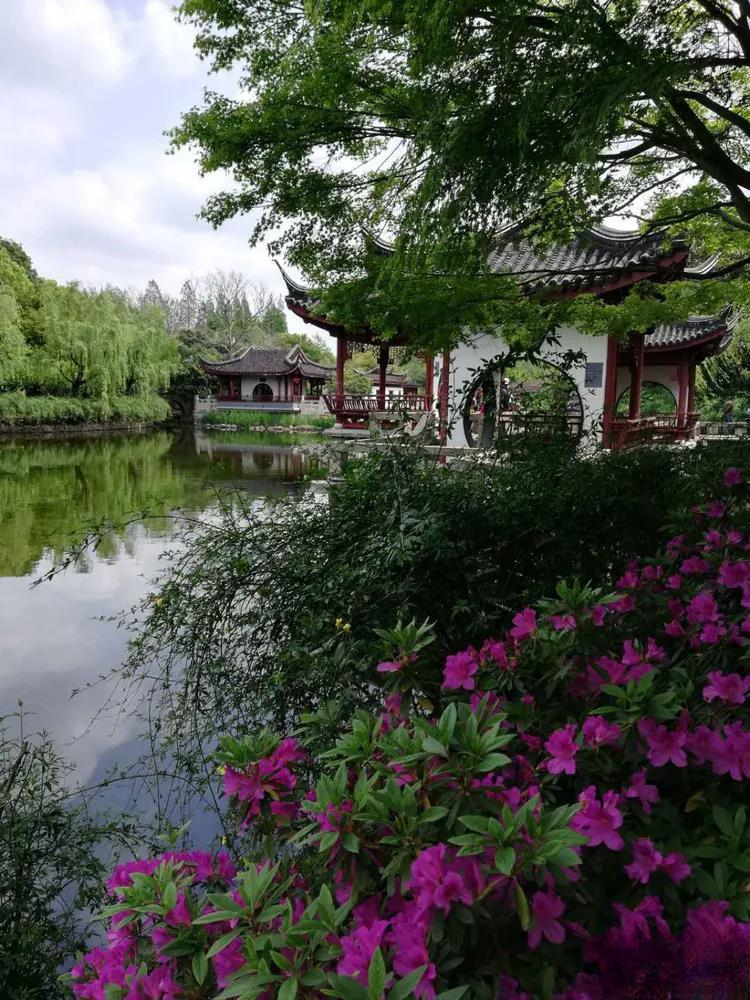
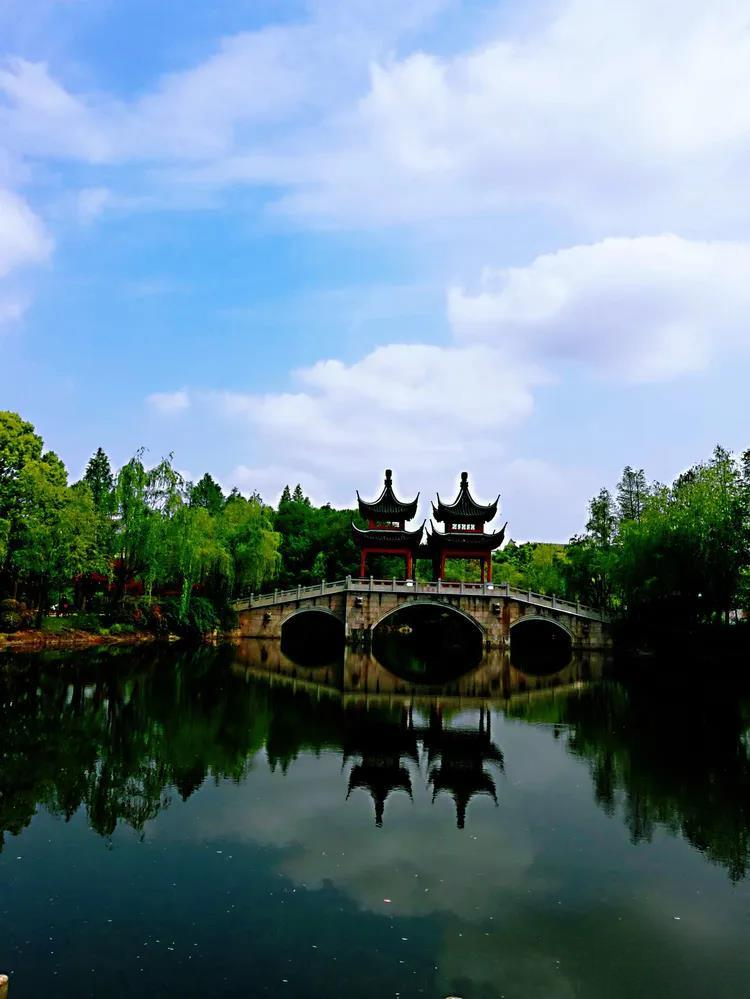
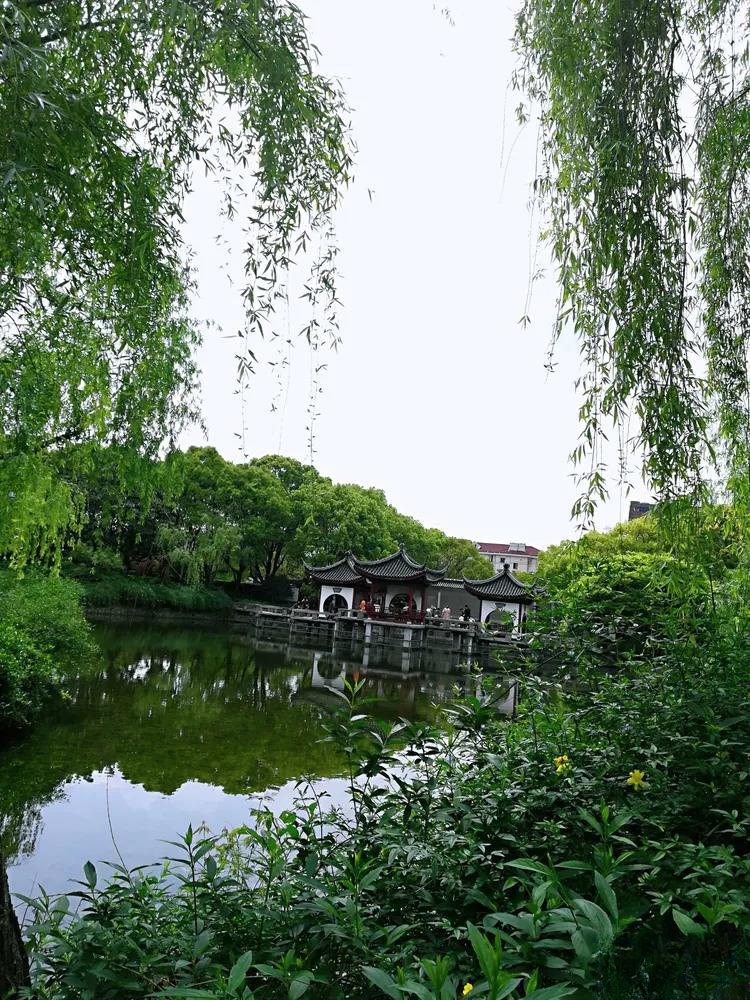
In the cool and refreshing autumn, walking slowly in the garden has a different charm. Sometimes you will smell a wisp of fragrance that is refreshing. This is because you have walked close to the sweet-scented osmanthus tree.
Every late autumn, when you come to the garden, whether it is the fiery red maple leaves or the golden ginkgo trees, they will make you feel "eye-bright".
The trees and forests in the park are all colored red, yellow and green, and the colors are mottled, as beautiful as an oil painting. It is refreshing.
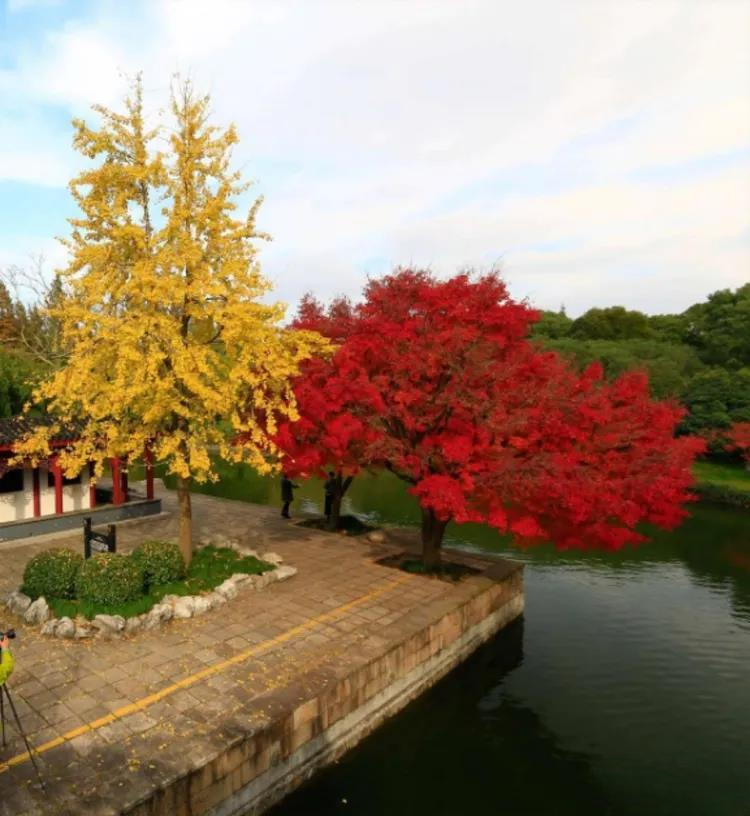
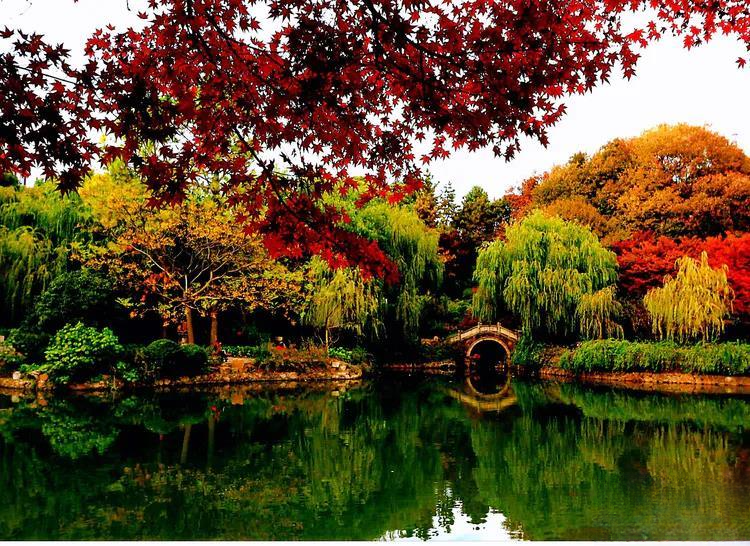
There is also a lotus pond in the garden. In early summer, the breeze in the lotus pond, the verdant lotus leaves, and the graceful lotus buds in full bloom offer another kind of beautiful scenery. Although the lotus pond is not big, and it is not "the endless green lotus leaves reaching the sky", it is also "the lotus flowers reflecting the sun are particularly red".
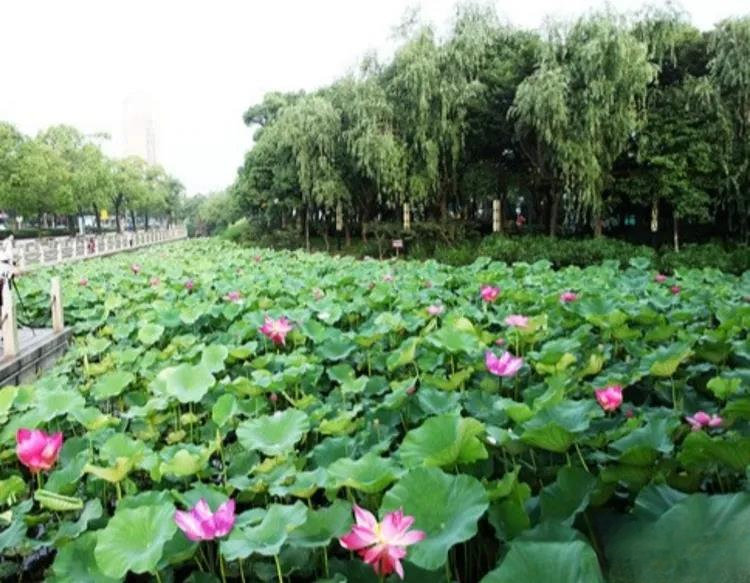

The grand stage in the park is ancient and charming, and the children's playground is filled with laughter. The teahouse, shaded by green bamboo, is located in a secluded corner of the park. Guhua Garden not only has a variety of modern buildings and facilities, but also has historical sites to be found.
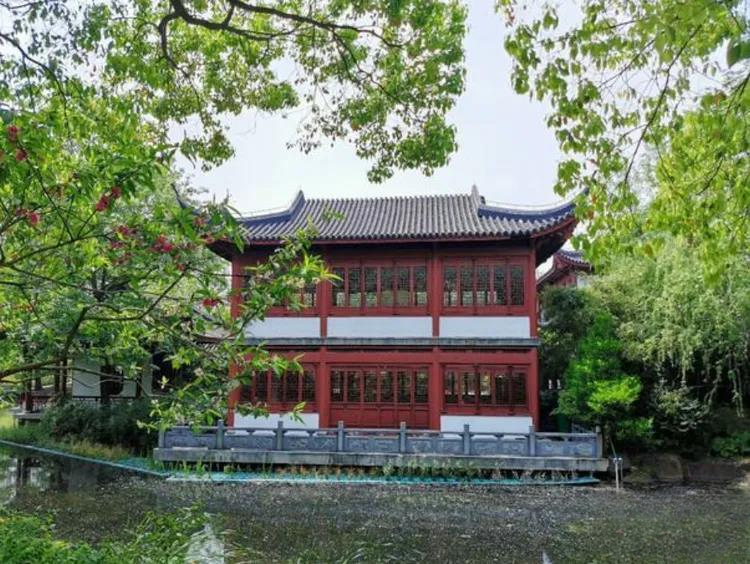

The most worthwhile monument in the park is the Nantang No. 1 Bridge, which was moved in when Guhua Garden was built. It is one of the famous ancient stone arch bridges in Fengxian District. It was first built during the Qianlong period of the Qing Dynasty and has a history of nearly 300 years. In addition, the "Xing Garden" and "Chaoran Hall" in the park are classic reproductions of Fengxian's historical gardens.
The "Three Women's Temple" built on the north side of the park is a simulated building. It is based on the historical event of "the struggle for supremacy between Wu and Yue". King Gou Jian of Yue led his troops to approach Suzhou. The King of Wu ordered his three daughters to flee south. When they reached two miles north of Nanqiao Town, Fengxian, they were afraid of falling into the hands of Yue soldiers, so they hanged themselves on the spot.
Visit ancient buildings to appreciate the architectural style of the Ming and Qing dynasties, and visit the Three Women Temple to learn about the history of Wuyue. There is a unique interest in exploring the secluded areas and doing archaeological research.
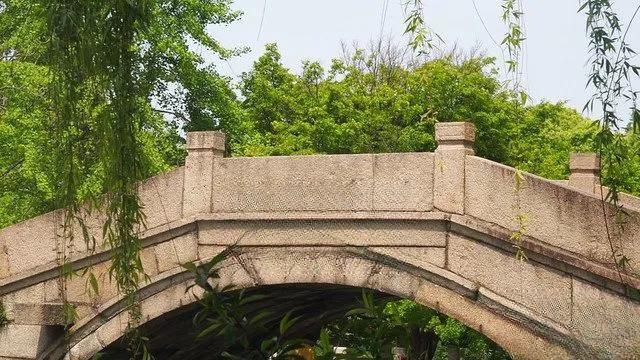
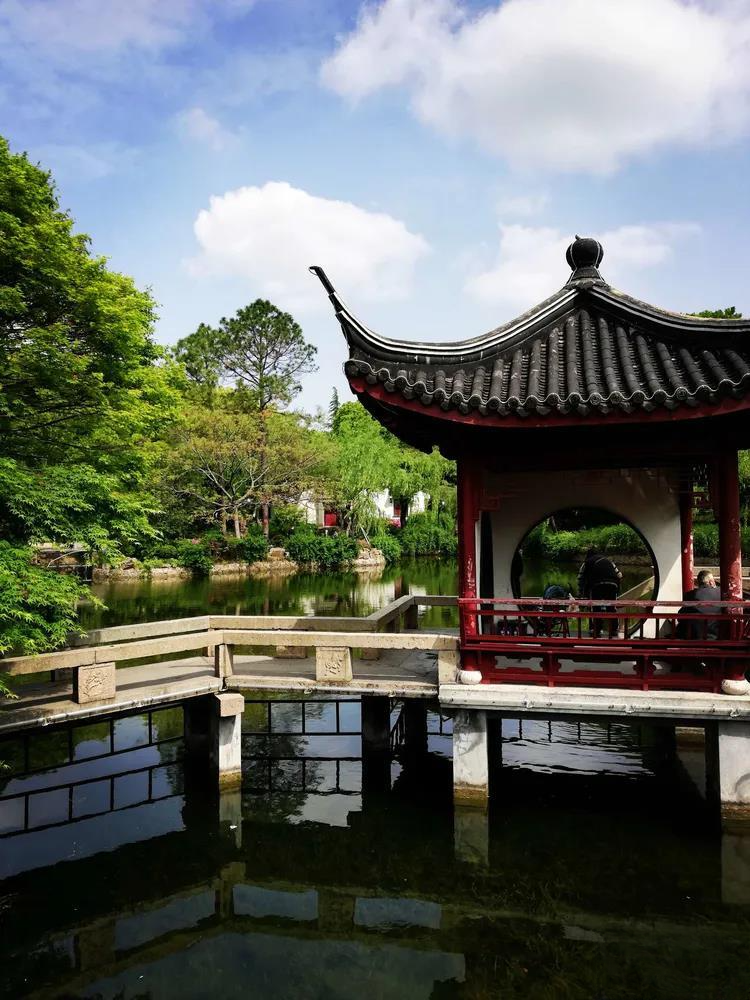
Because there are not many tourists, the park is very quiet, and no entrance fee is required, making it an ideal place for leisure and tourism.
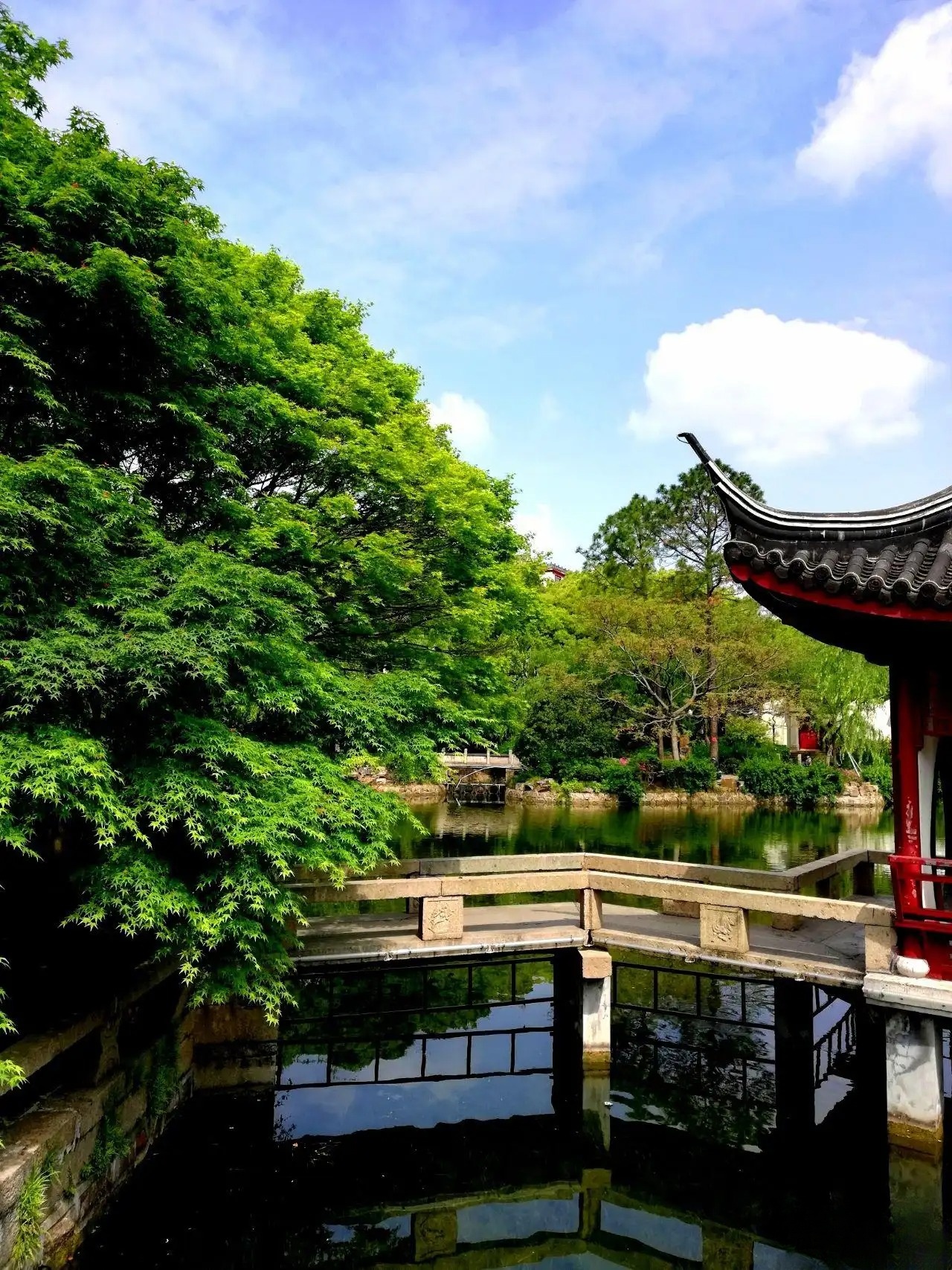
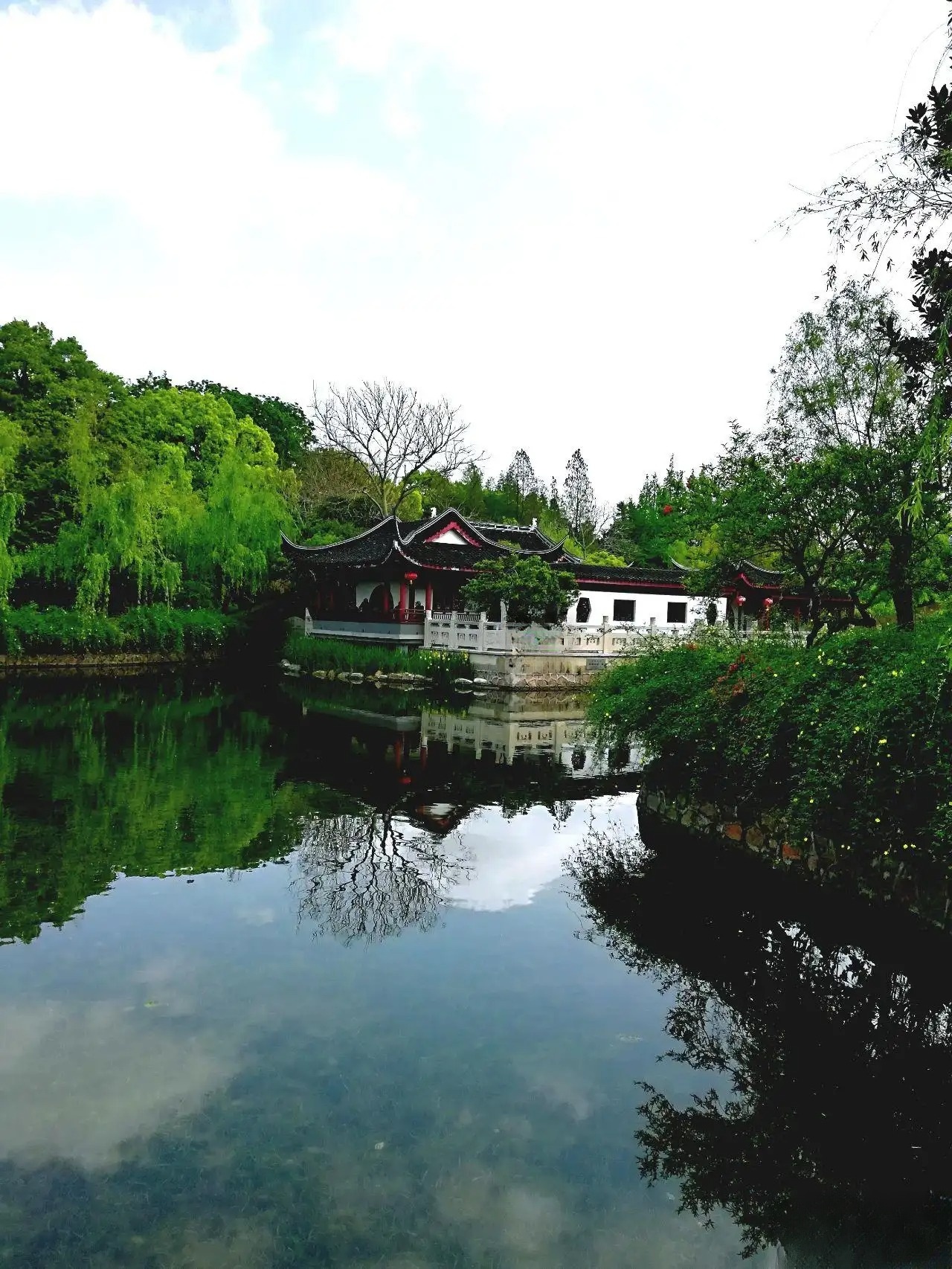
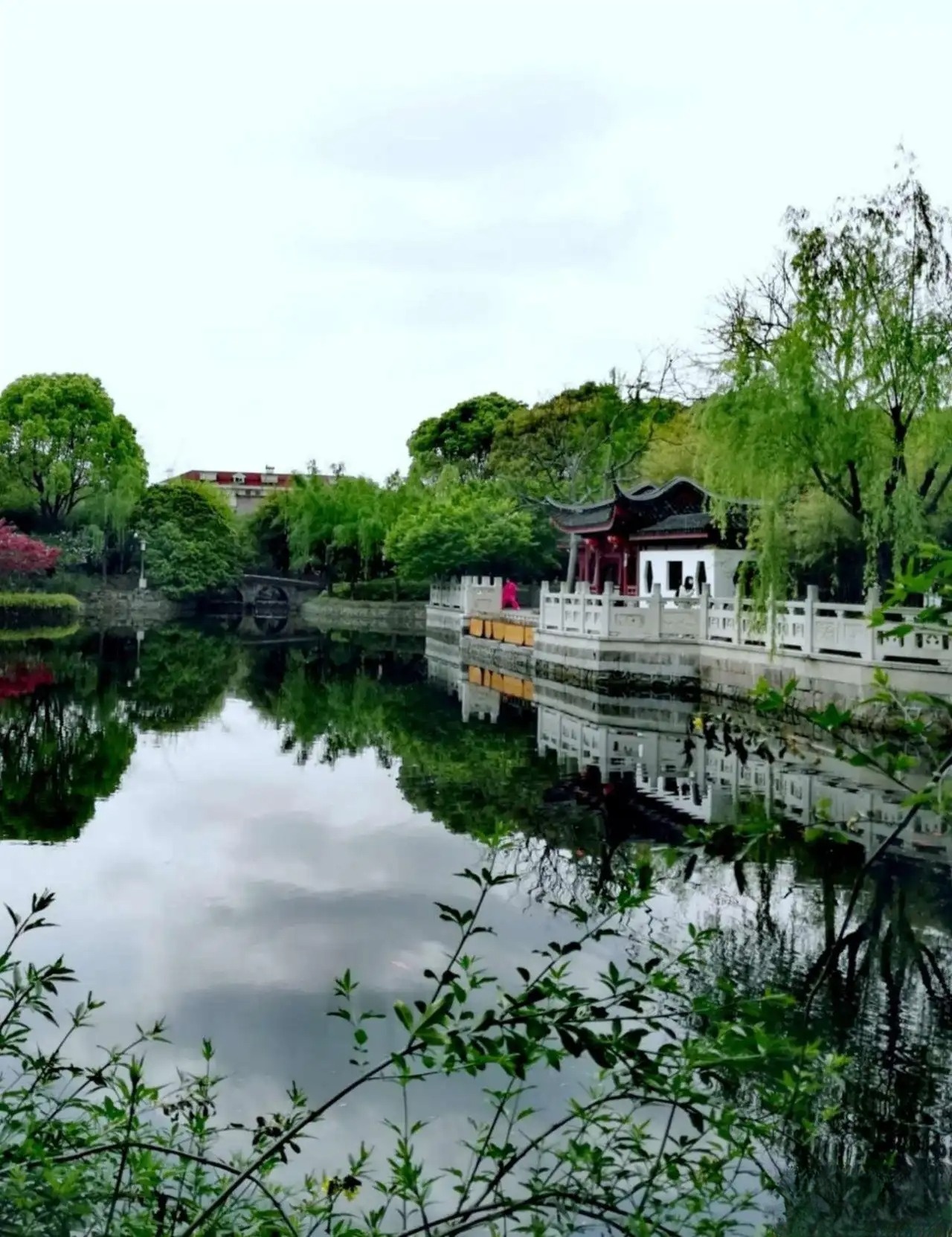
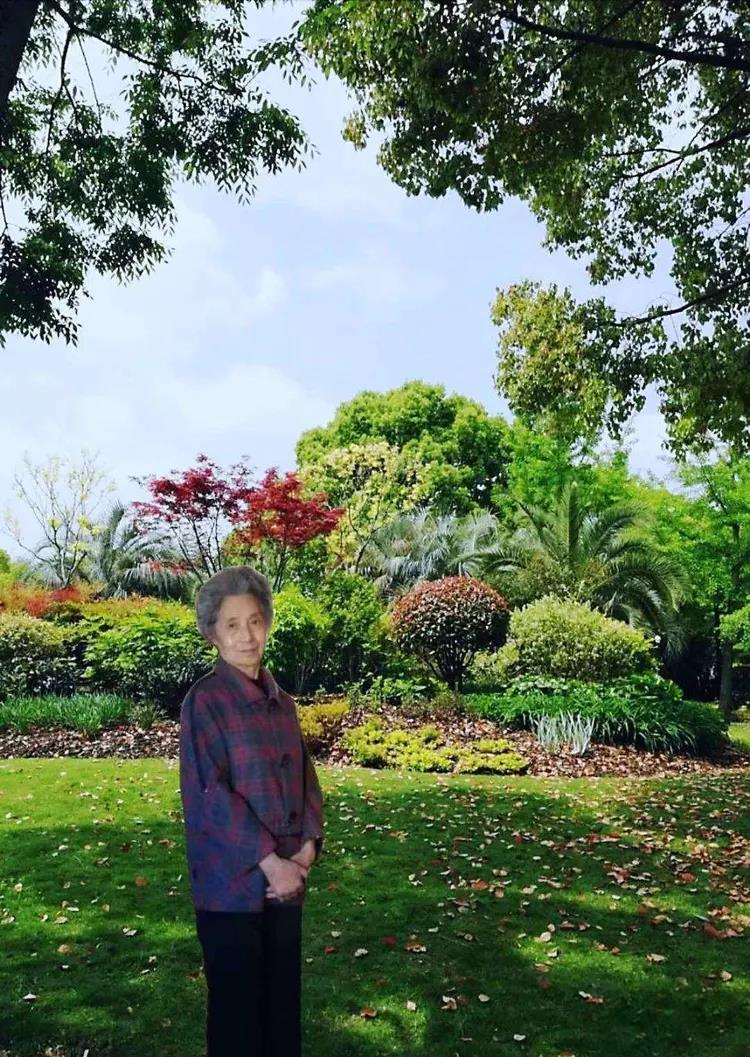
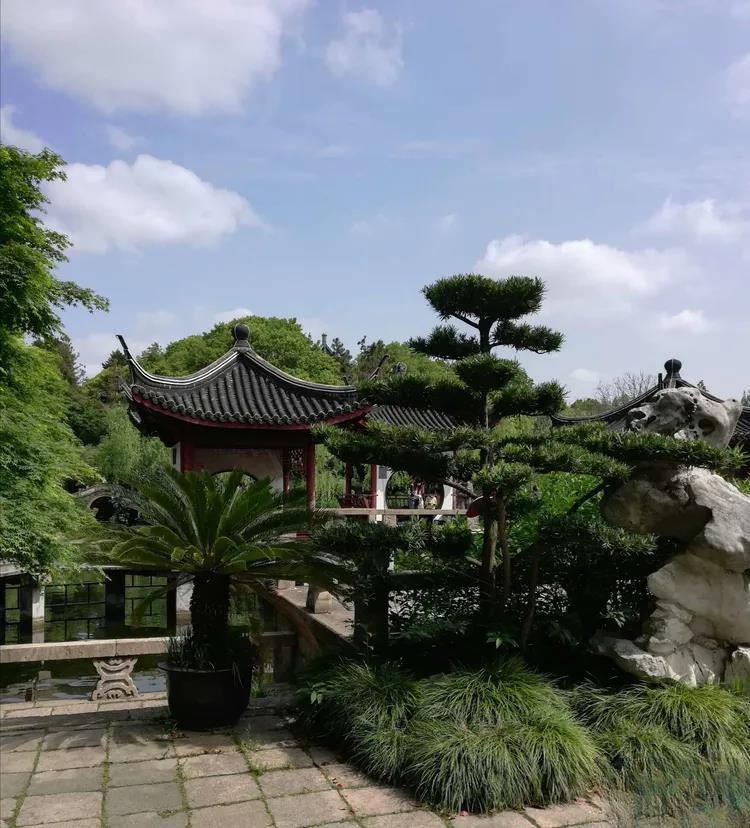

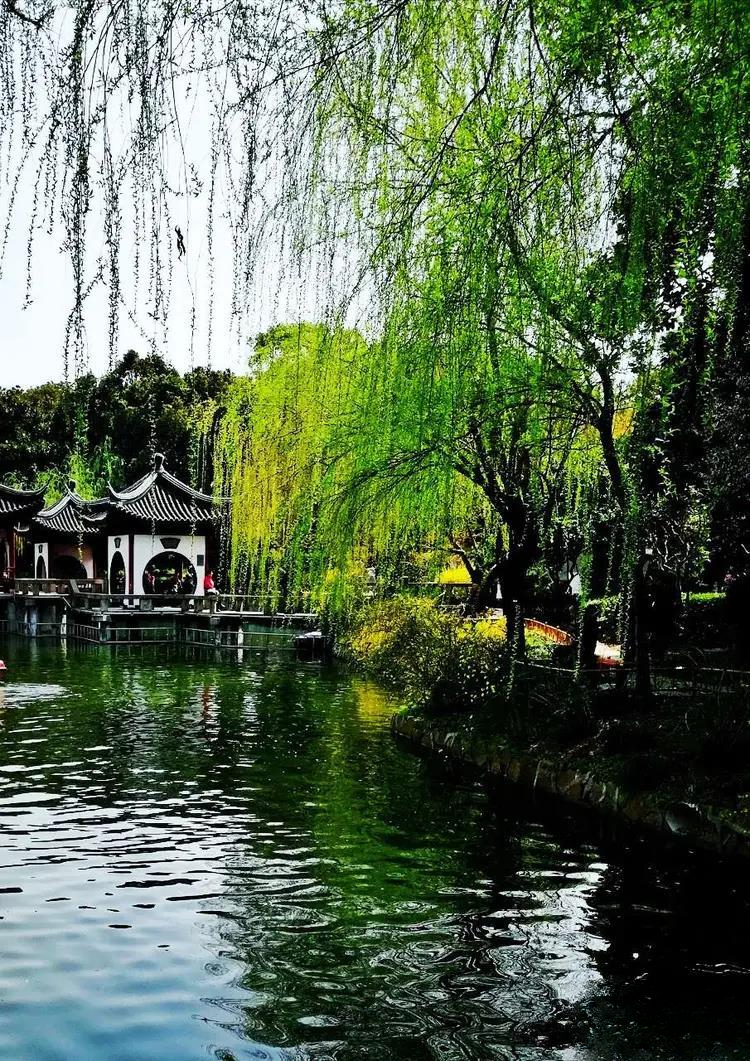
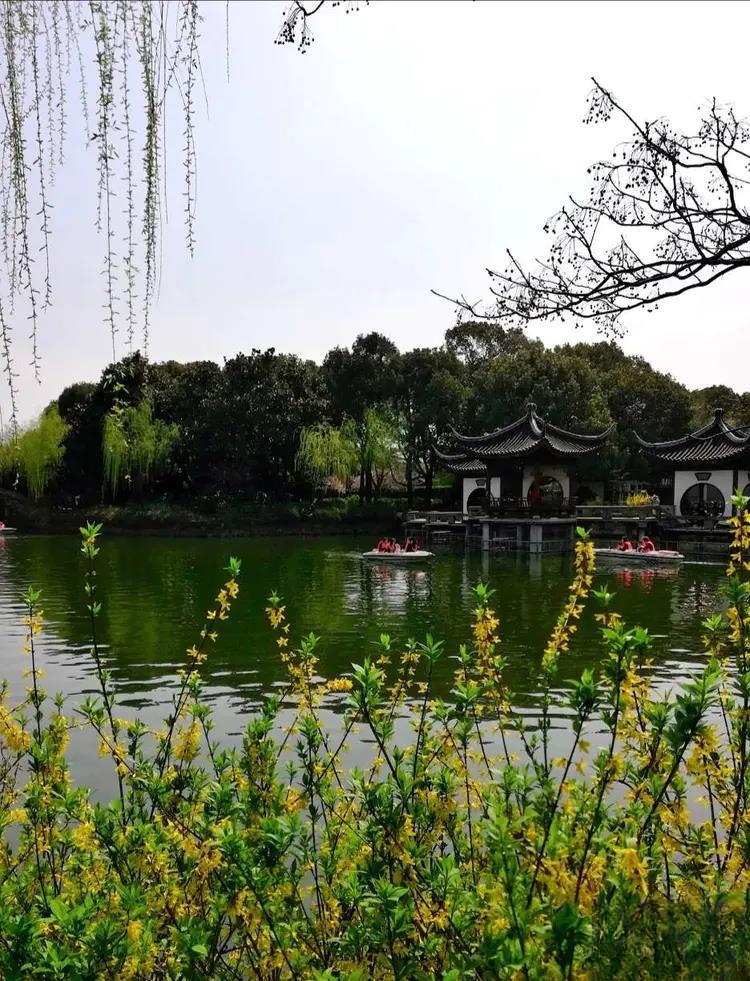
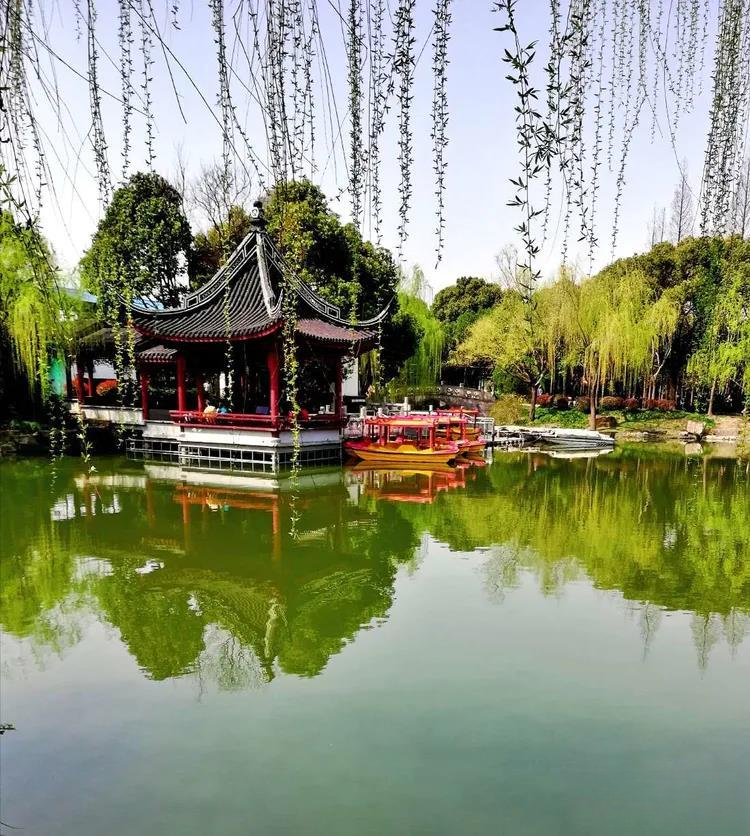
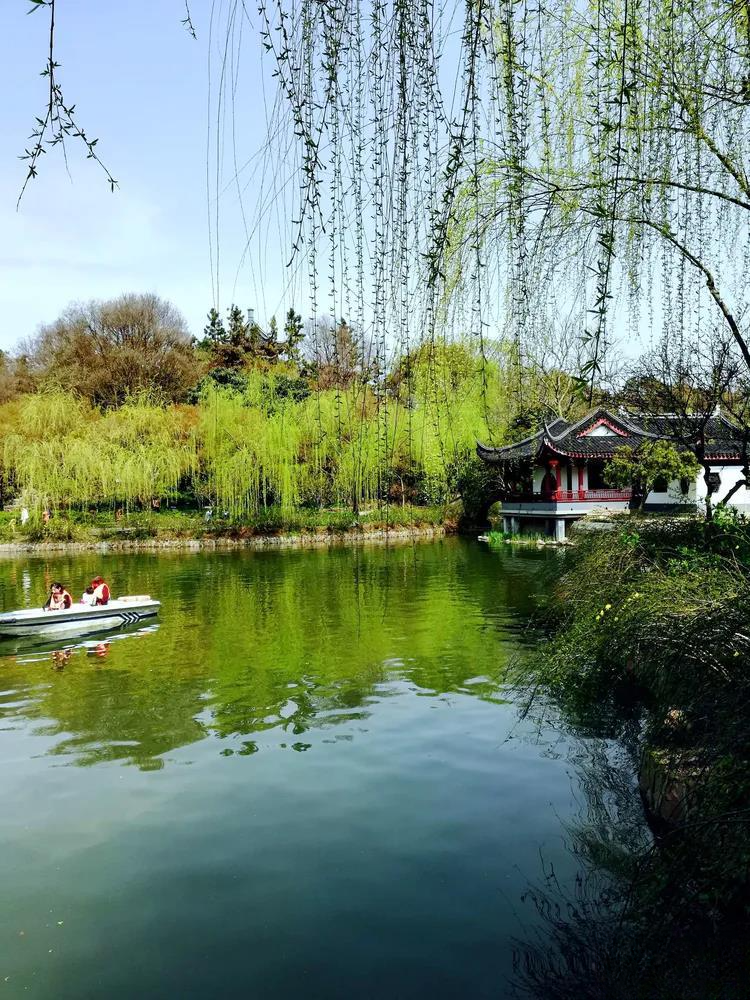
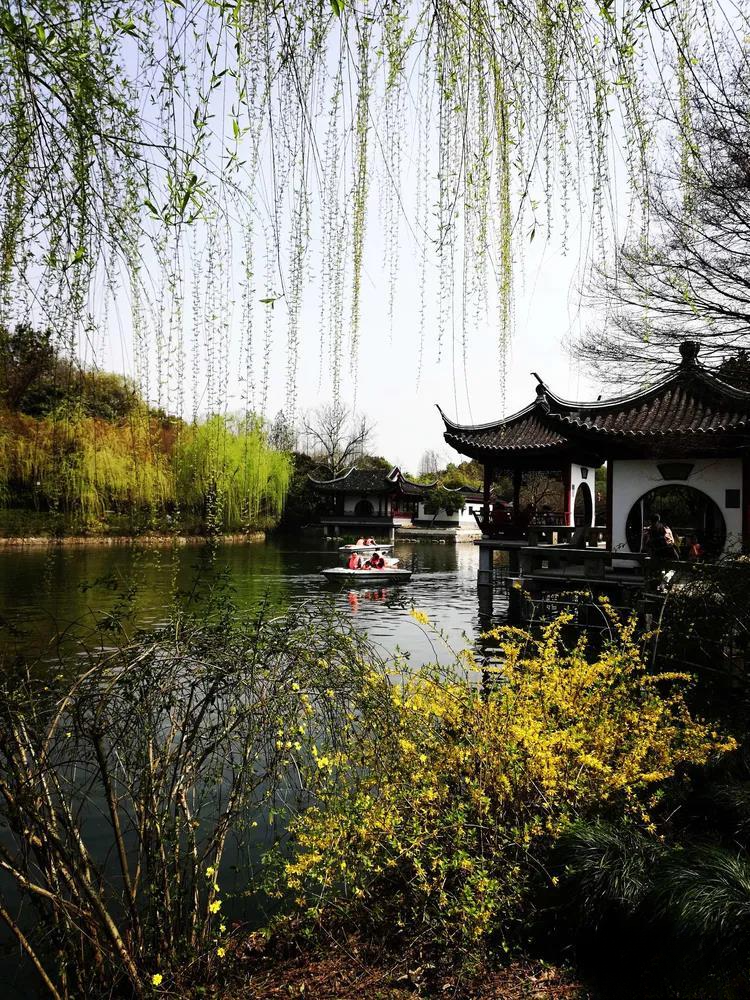
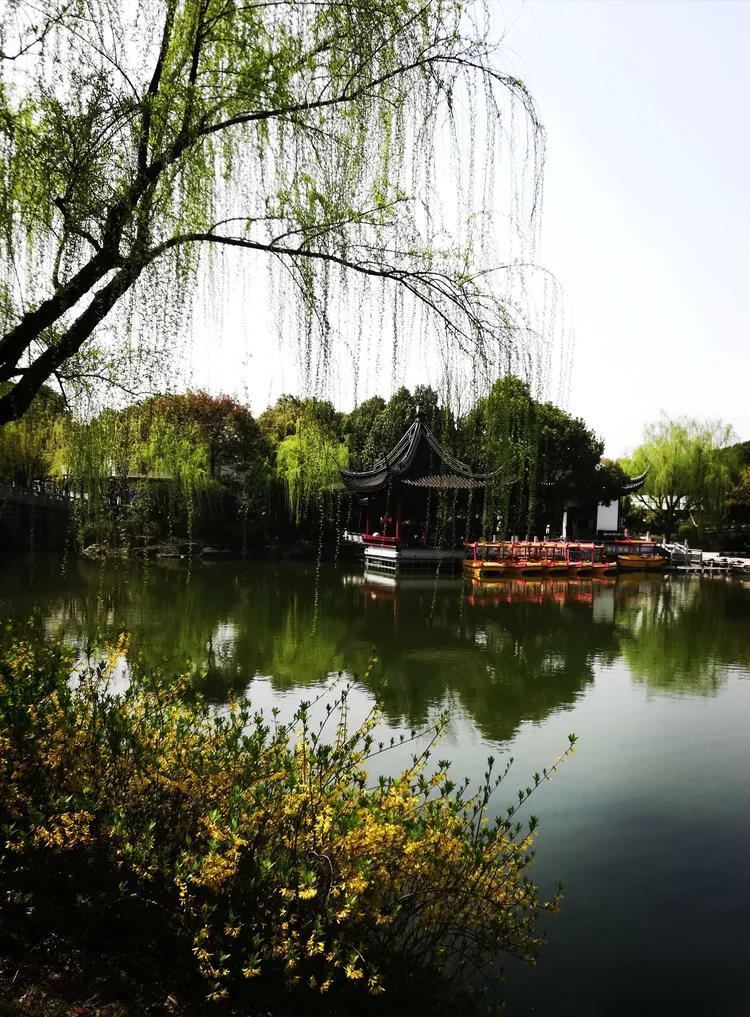
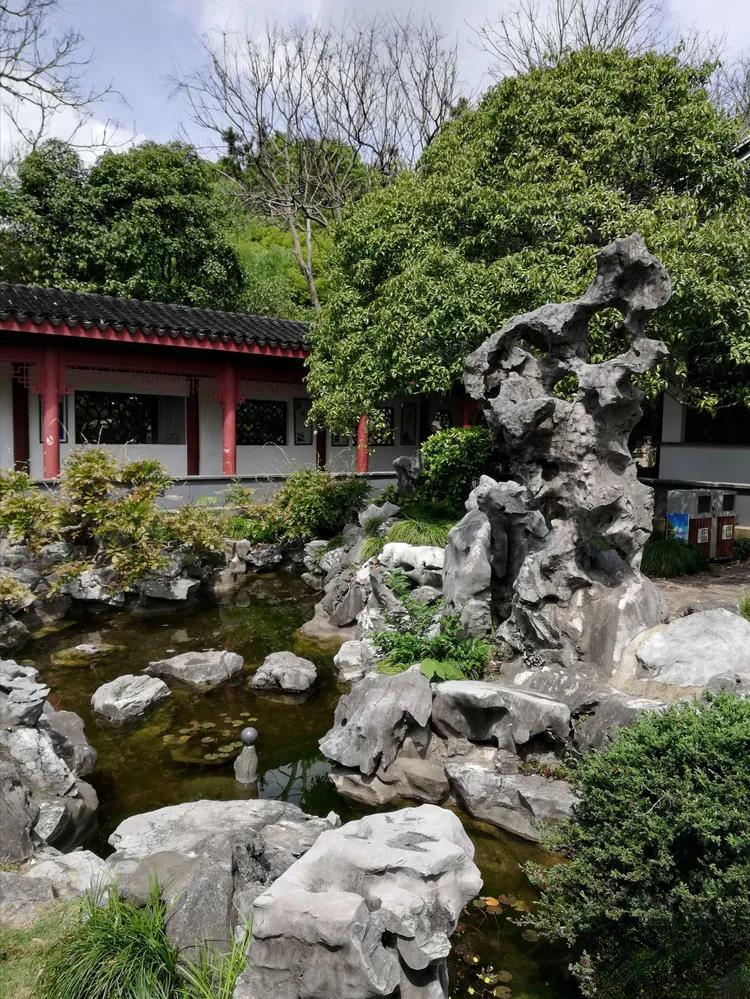
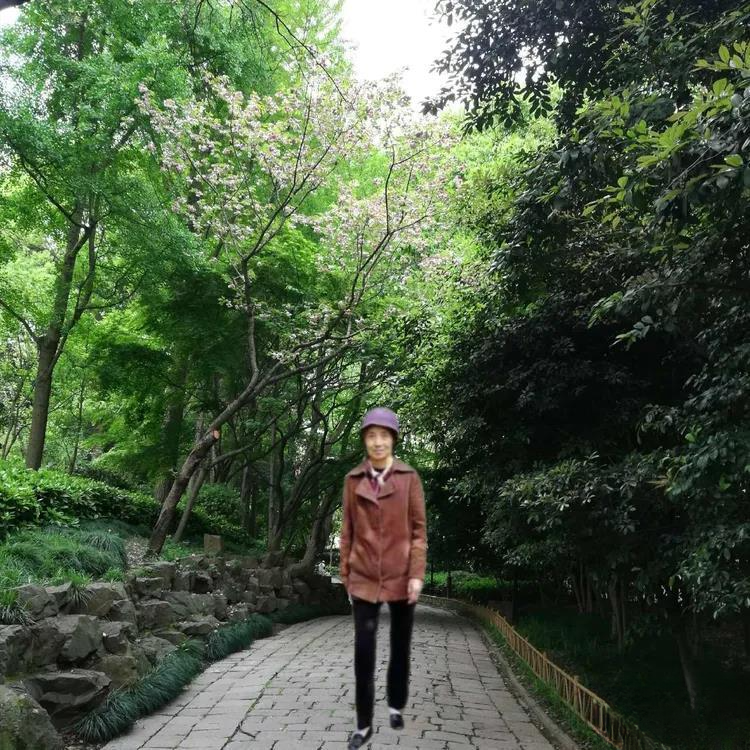
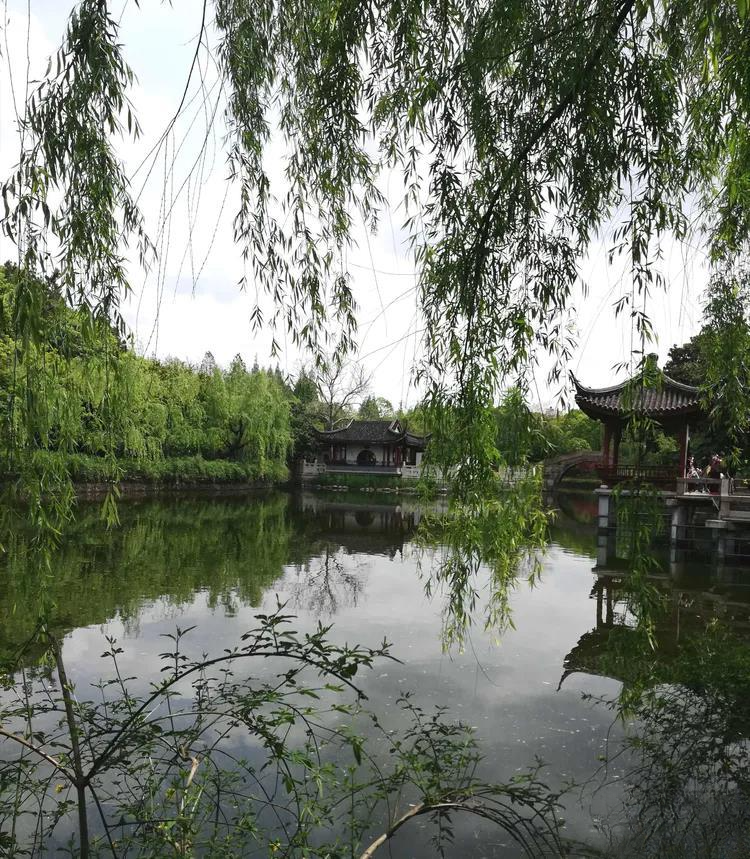
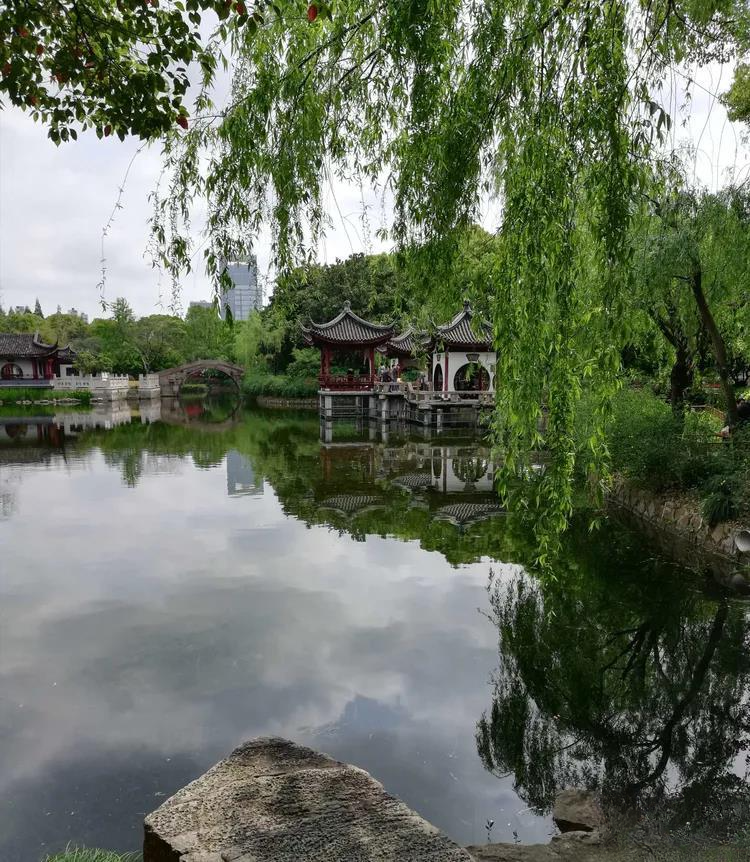
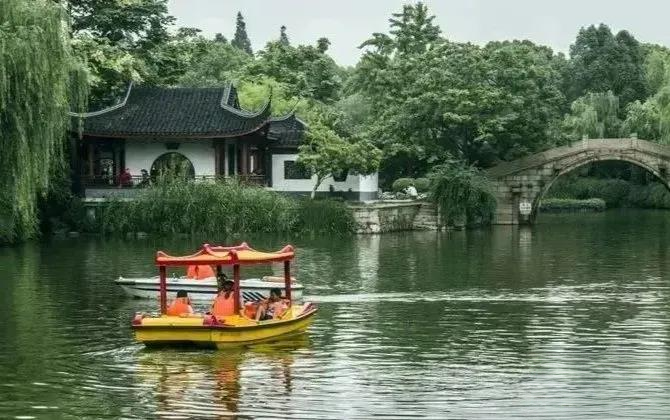
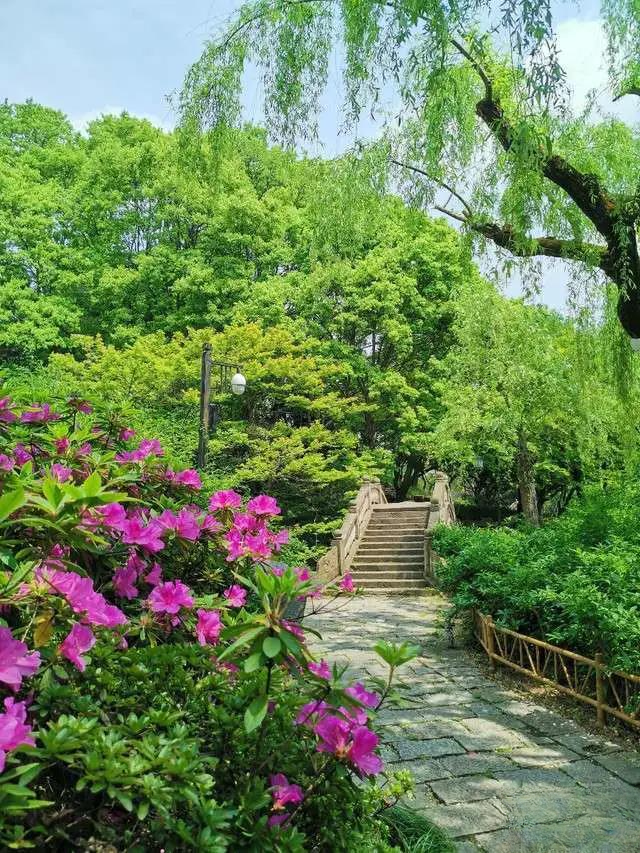
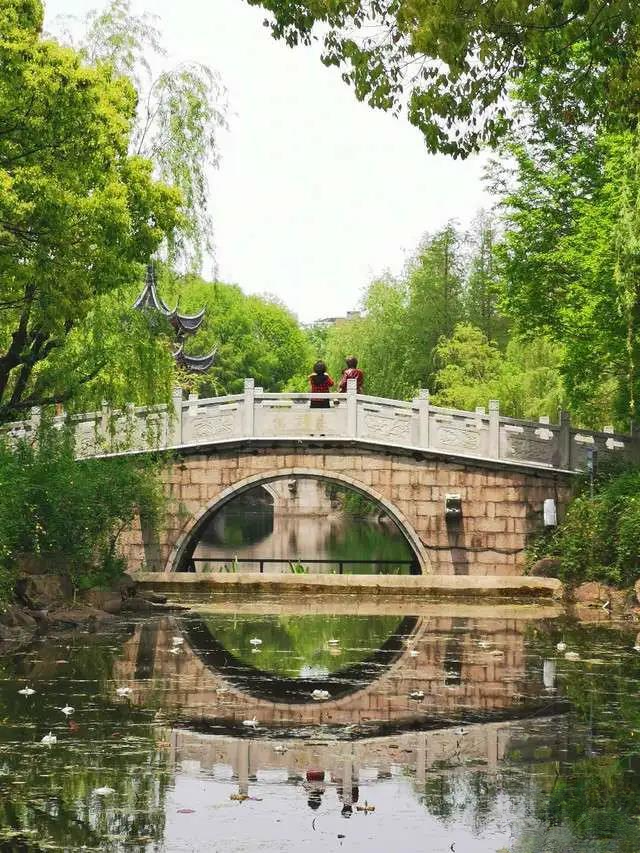
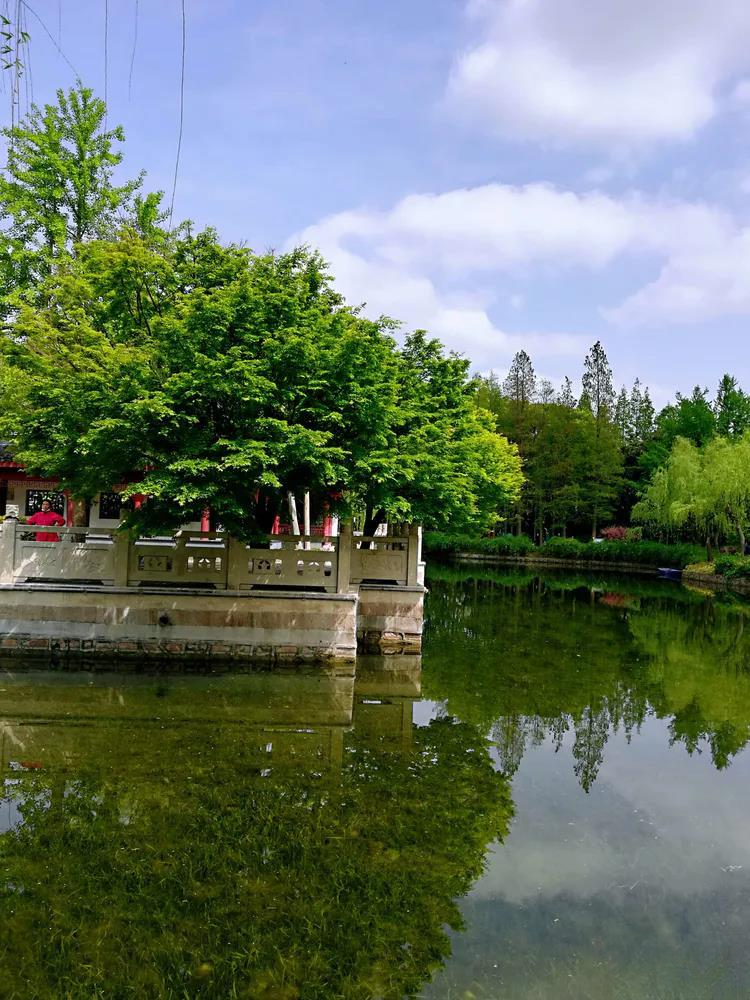
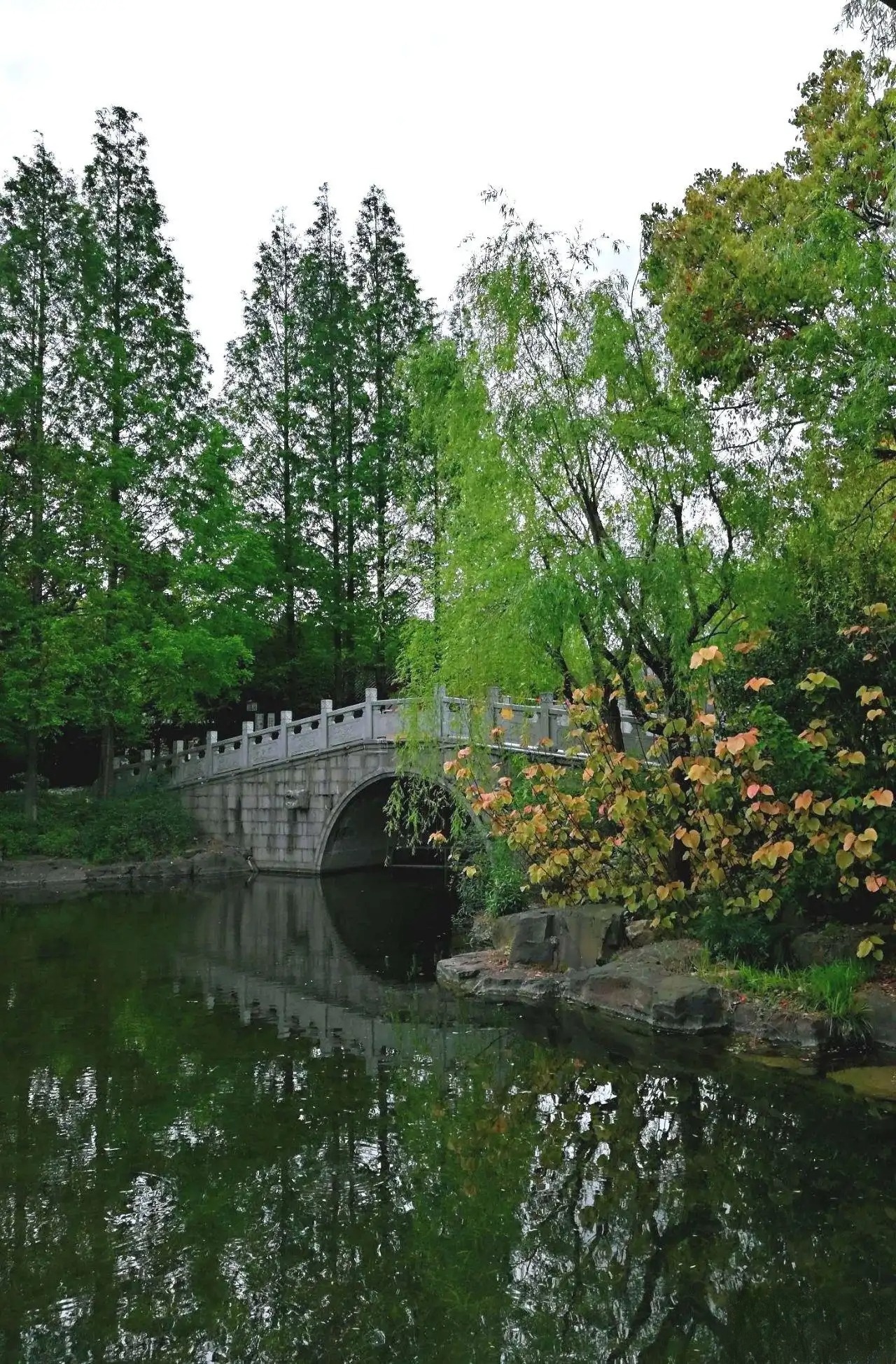
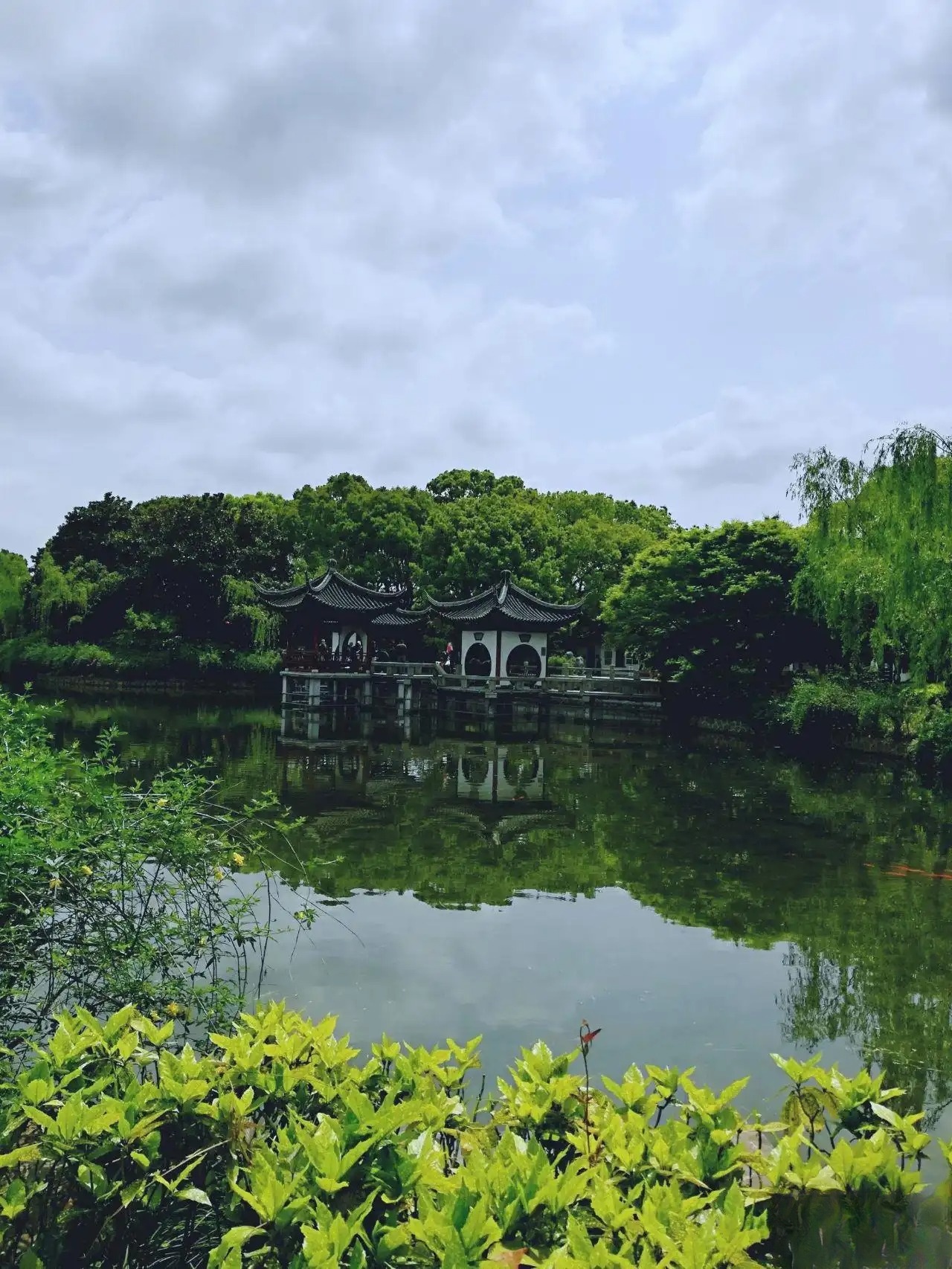
Photography/mostly selfies, some from the Internet.
Text/zgx wind clear rain moist